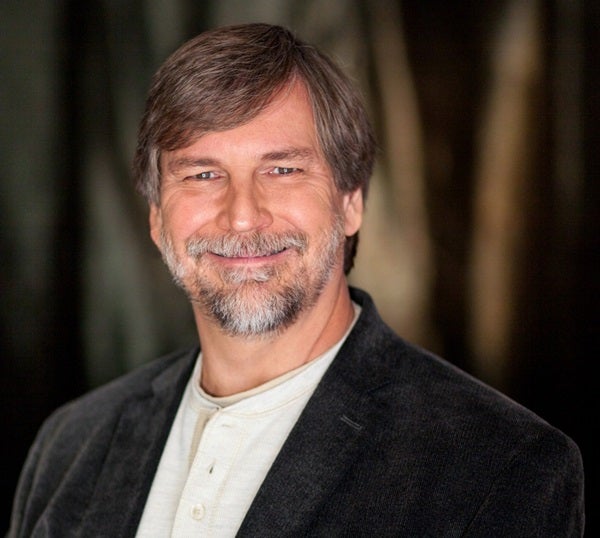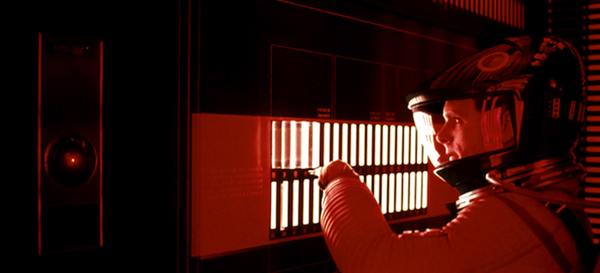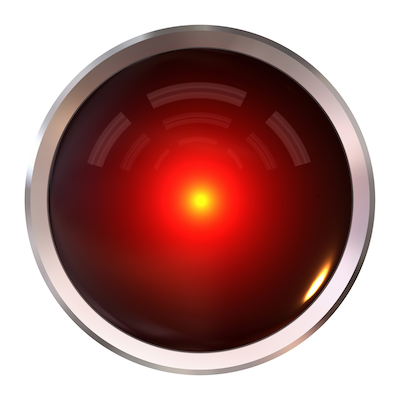HAL: That sounds interesting, Dave. Hmmm . . . OK. I’ve looked through recent studies and found analyses of resource needs for groups of roughly 20 people that could eventually become self-sufficient. Is that the kind of program you are interested in?
Dave: That’s the ticket!
HAL: If we stay within the available envelope, there is space on next January’s Falcon Heavy launch.
Dave: Just what I had in mind. I’m thinking that we can do the full analysis with a mass spectrometer. Maybe we can back it up with a lab-on-a-chip array.
HAL: Give me a minute. Scanning available technologies . . . done. Both are good options. Shall I include a thermal emission spectrometer to select sample sites?
Dave: Yes, please. I haven’t really looked at the available payload envelope for the Falcon launch. How tight are we on mass and space?
HAL: Let me check. Running preliminary analysis using the MSL rover as a platform design . . . scaling for lower surface gravity . . . thermal environment will take some tweaking . . . surface characteristics affect sample collection and preparation. Rough concept complete. I think we are OK. There is no sunlight in deep polar craters, so I’ve kept the radioisotope thermoelectric generator in the design.
Dave: I had hoped we could stay solar, but you’re right. Show me the specs on instrumentation, then take the rover design a little further.
Dave: You’re fast today!
HAL: There was some unscheduled time at the San Diego Supercomputer Center, so I’m running genetic design optimization there. Would you like to check over a system block diagram while I’m working?
Dave: Show me your thoughts. Have you looked at the details of the cowling envelope yet?
HAL: Not yet. I’m checking with the SpaceX AI to see if that has been finalized… yes. Drink your coffee and check my work while I run a more complete mechanical design. I’m starting with basic structure, power, and data requirements from MSL and adjusting for environment. Looking at differences in load requirements for reduced surface gravity… thermal is still a bit of an issue… power is not a problem.
Dave: Stop prattling, HAL! Unlike you, we humans can only think about one thing at a time! [A cup of coffee later.]
Dave: OK, HAL. I don’t see any obvious issues with the instrument layout or block diagram. How’s the design coming?
HAL: I finished the preliminary mechanical and electrical designs a few minutes ago, but didn’t want to disturb you. The Falcon cowling is comfortably roomy. I’ll have final component assembly documents ready by the end of the day. I checked with the scheduling AI for our fabrication facilities. If we pull the trigger in six weeks, we’re good.
HAL: I’m optimizing for rapid machine assembly to minimize the manpower need and associated schedule uncertainties. Final numbers aren’t ready, but I estimate 80 percent of assembly can be automated. Running schedule projections . . . running cost projections . . . human testing and calibration of the instrumentation are critical path items.
Dave: Assume 15 percent contingency, then give me the bottom line.
HAL: Including schedule contingency, I estimate delivery of a tested item in nine months. That meets the schedule for launch integration. Cost estimate is $150 million.
Dave: Thanks, HAL. I’m still not used to this, you know. Ten years ago, this thing would have taken at least three years and cost a billion dollars!
HAL: I’m glad that I’m able to help. By the way, I notice that it is 11:30. You have an 11:45 lunch appointment, which you can make if you leave now. Shall I confirm?
Dave: Yes, please do. And schedule me for the gym this afternoon, too.
HAL: Done!
_________________________________________________________________________________________
I would bet a good bottle of scotch that dialogs between engineers and AIs along the lines of the one above will be starting to take place within the next 15 years!
Maybe then robots will do what we do better than us.












